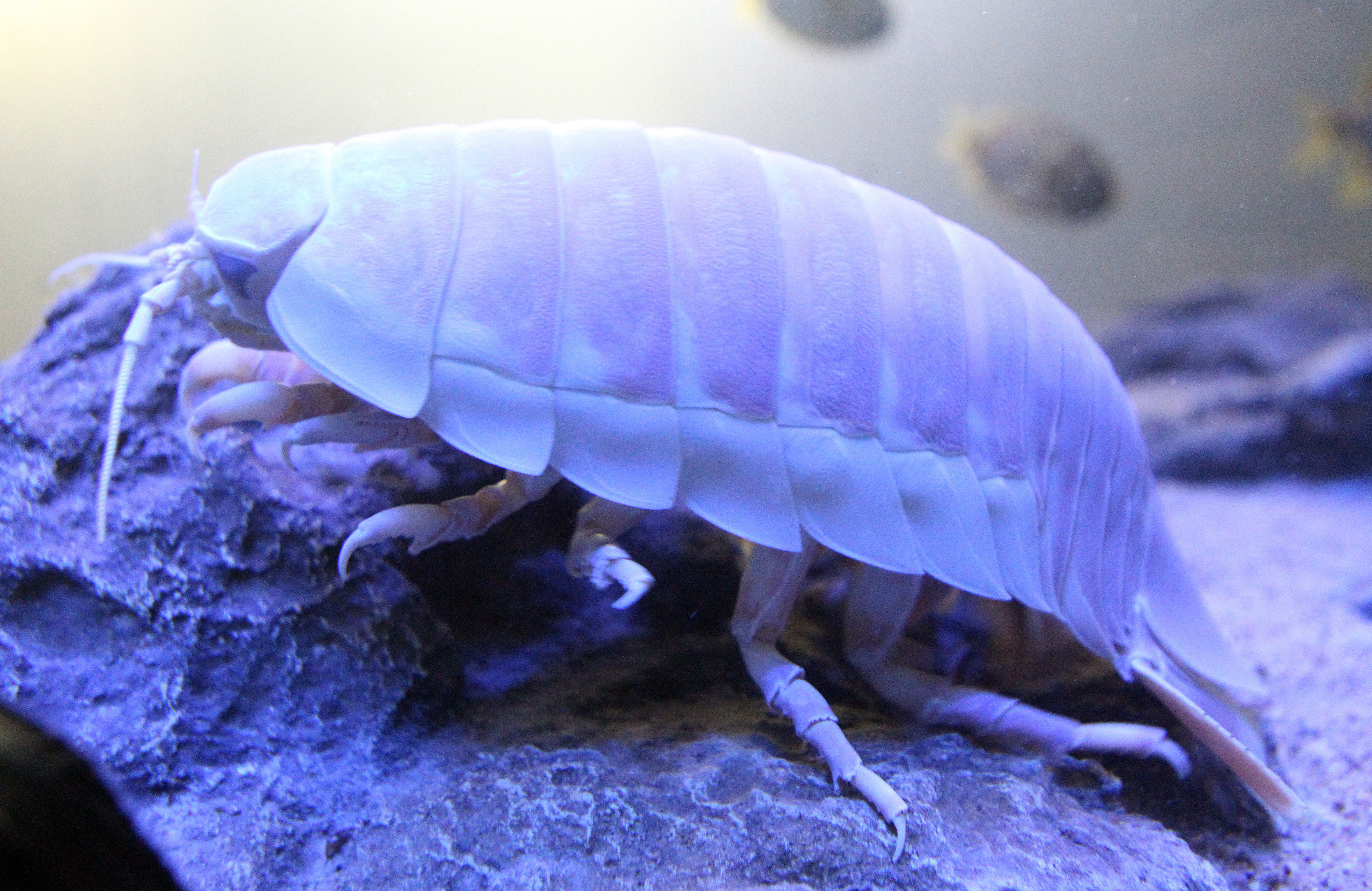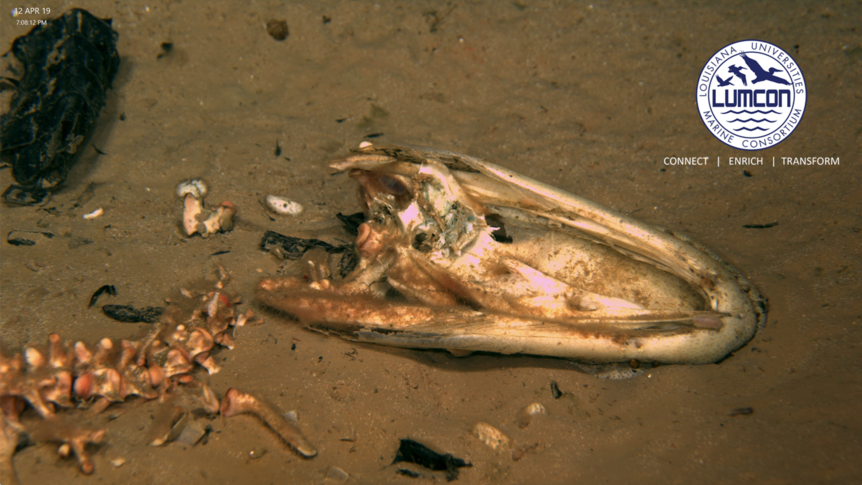Create a free profile to get unlimited access to exclusive videos, sweepstakes, and more!
Now we know the gory details of how dead things get devoured on the seafloor

Because rotting flesh and the things that gorge themselves on it don’t just exist in zombie movies ...
The bottom of the ocean is an abyss swarming with scavengers that are just waiting for the next tantalizing bite of dead stuff to come their way. There is a deficit of carbon when you plunge that far, so things are going to show up. It’s not every day that most life forms that lurk in the watery depths can relax from trying to filter-feed off plankton and whatever else is on the limited menu there. When scientists dropped three dead alligators to the seafloor in the Gulf of Mexico, they expected them to get shredded. What they didn’t expect was just how many species of creepy-crawlies would come to the feast.
"We really do not know the role that alligators, and more broadly their crocodilian relatives, play in connecting carbon highways between lands and oceans," Dr. Craig McClain, executive director of Louisiana Universities Marine Consortium (LUMCON), who led a study published in PLOS, told SYFY WIRE. “However, given the large numbers of crocodilians that live near coastal habitats or spend time in the ocean, the potential is great."
Beyond a mile deep, the sunken gators started attracting hungry creatures. Something was so famished that it actually snatched one of them off its half-inch-thick polypropylene line and carried it off to some unknown place to greedily sink its teeth into what had become dinner. That something is believed to be a six-gill or Greenland shark, which prowl the bottom of the Gulf of Mexico and have a bite vicious enough to slice through the line without even trying. It was an exception. What happened to one of the other gators was like watching uncut horror movie footage. Not long after it dropped, it was crawling with scavengers and detrivores eager to tear into a free meal.
As the video above shows, the most obvious of these scavengers were monstrous pinkish sea bugs otherwise known as giant isopods. Just imagine magnifying a pill bug (aka roly-poly) to the size of a football — that’s what these are. They kind of resemble facehuggers without a tail and tend to hang out on the bottom of the ocean, just waiting for something to come their way, so the gator carcass was a party waiting to happen. It has ghastly mouthparts that can pierce through thick scales, shred flesh ravenously, and disembowel prey (even if that prey is already dead). Faster than McClain and his team could believe, they were already crawling into the alligator’s body cavity and devouring it from the inside out.
Isopods have been known to go for everything from alfalfa to printer paper. Being that desperate for food in a place where food rarely shows up, it probably doesn't discriminate.
"We know that giant isopods are voracious scavengers," McClain said. "However, knowing something conceptually and actually observing giant roly-polies eating an alligator carcass from the inside out is another thing altogether. Sitting there in the dark, cold ROV mission control room about the research vessel watching this video taken 1.5 miles deep of this scene felt like we in some sort of science fiction movie."
It wasn’t like the isopods didn’t have competition. The seafloor is the largest ecosystem on Earth but suffers from a food deficit. Any free food that appears in a place like this is going to get mauled. Amphipods, which basically look like alien shrimp, also invited themselves to the gator carcass. These crustaceans aren’t nearly as vicious as the isopods that will now invade your nightmares. Amphipods usually can’t get anything better than decaying seaweed and algae, or sometimes plastic. Grenadiers were also drawn to the smell of death. These fish have enormous eyes and mouths in comparison to their bodies, which is an asset when you’re swimming in the dark and trying to gulp down anything with even remote nutritional value.
After the gator was skeletonized, even the bones were invaded by zombie worms that eat by drilling into the skeleton and releasing acid that dissolves the bone. Then they can have at the delicious fat inside that the other scavengers were missing. No wonder one particular subspecies was named after Jabba the Hutt.
This gruesome gator experiment could also help the team see into the distant past. Alligators have not changed in 8 million years. Much larger reptiles that are now extinct would provide an abundance of food for deep-sea ecosystems and also release much-needed carbon into the water. The question is, could an alligator corpse attract creatures whose ancestors feasted on the bodies of fallen ichthyosaurs and plesiosaurs? Dead whales are already known to attract a plethora of scavengers. Could reptile flesh in particular even attract things that have been around for millions and millions of years but are yet unknown?
Maybe something even grosser than facehugger bugs will crawl out from somewhere.



























